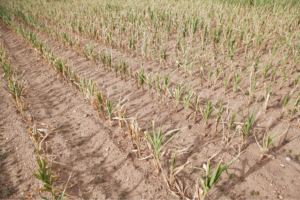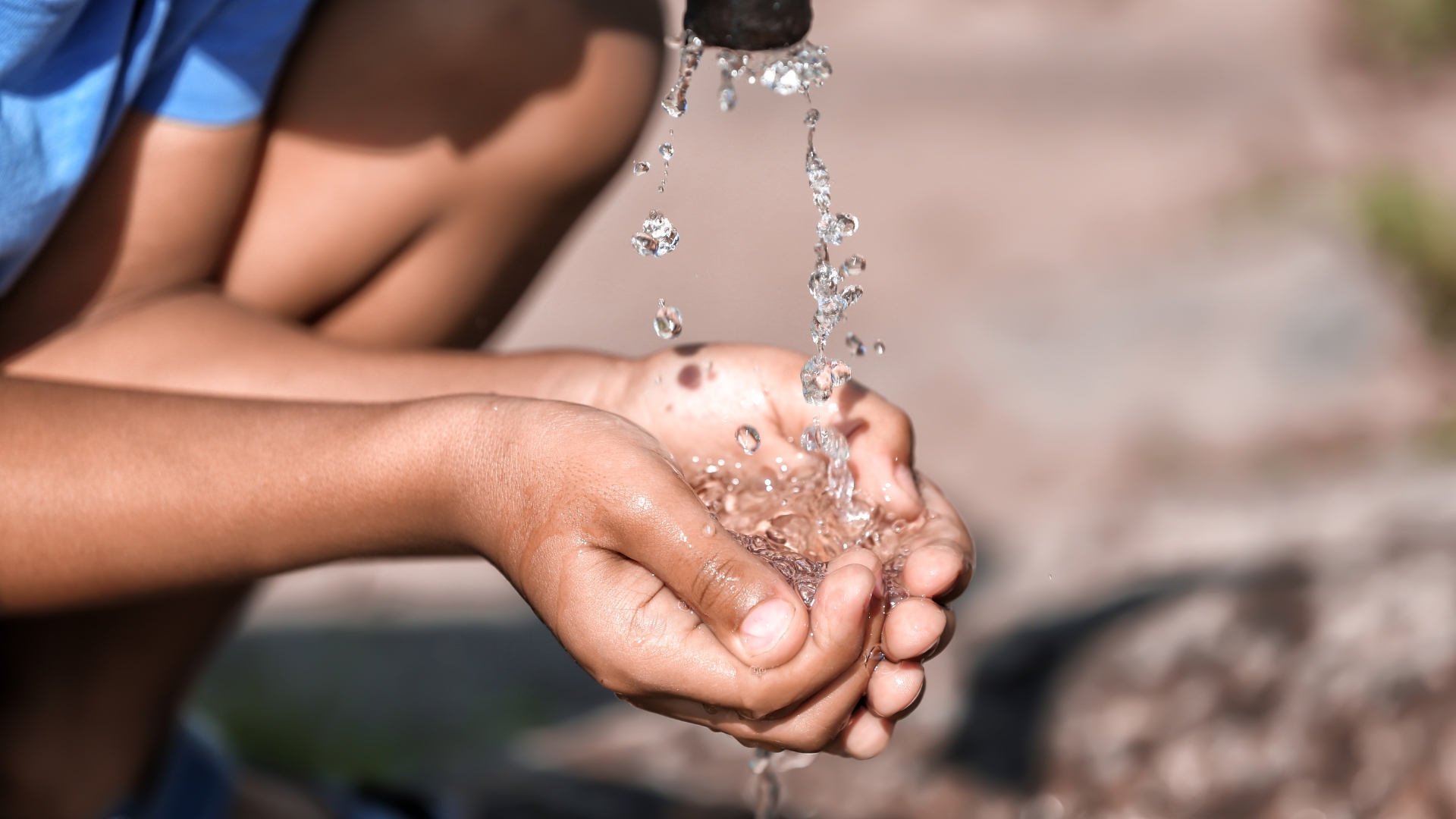Water warning: Our most precious resource is overused and drying up
Written by Olivia Nater | Published: August 24, 2023
A new report reveals that 25 countries, home to a quarter of the global population, are experiencing “extreme” water stress, meaning they are using at least 80% of their available freshwater supply every year. And it’s going to get worse.
World Water Week, an annual conference on global water issues organized by the Stockholm International Water Institute, wraps up today. This year’s theme is focused around smarter water management, which is fitting in light of new data from the World Resources Institute (WRI) demonstrating how climate change and unsustainable demand are creating a global water crisis.
WRI warns that due to population growth, by 2050, an additional 1 billion people are expected to experience extremely high water stress, even if the world limits global temperature rise this century to between 1.3 and 2.4 degrees C, which it calls an “optimistic scenario.” We are on track for 2.7 degrees C of warming, based on current policies.
Running dry
 The 10 most water-stressed countries — based on an index that calculates water supply relative to agricultural, domestic and industrial water use — are Bahrain, Cyprus, Kuwait, Lebanon, Oman, Qatar, United Arab Emirates, Saudi Arabia, Israel and Egypt.
The 10 most water-stressed countries — based on an index that calculates water supply relative to agricultural, domestic and industrial water use — are Bahrain, Cyprus, Kuwait, Lebanon, Oman, Qatar, United Arab Emirates, Saudi Arabia, Israel and Egypt.
Several of these countries are now resorting to expensive and controversial technologies like cloud seeding and desalination to meet growing water demand.
The United States is under “medium-high” water stress and ranks 57th out of all countries, a worse position than most other OECD countries, largely due to its incredibly high agricultural water use.
Unsustainable water demand
Globally, according to WRI, water demand has more than doubled since 1960 due to population increase and expanding industries, including agriculture, energy production and manufacturing. The report notes that global water demand is projected to increase further, by 20-25% by 2050, while watersheds are facing ever more unpredictable water supplies under climate change.
WRI projects that in the Middle East and North Africa, 100% of the population will live with extreme water stress by 2050, presenting a significant threat to political stability.
While most countries in sub-Saharan Africa are not currently “extremely” water stressed, this is expected to change dramatically. Sub-Saharan Africa will experience the biggest increase in water demand between now and 2050 of all regions — a 163% surge, which is four times the rate of changed in Latin America, the region with the second-fastest demand increase.
Sub-Saharan Africa has the fastest growing population in the world, expected to almost double by mid-century, from 1.2 billion today to 2.1 billion. In addition, it is the most economically disadvantaged major world region and is unjustly facing some of the worst impacts of the climate crisis — a disastrous combination.
While water demand has plateaued in North America and Europe thanks to investment in water-use efficiency, current water use levels are already unsustainable in many areas, and the report points out that high-income countries are also partly responsible for growing water stress in lower-income countries due to international trade. Wealthy nations are also responsible for the vast majority of greenhouse gas emissions that are driving the climate crisis.
The authors warn,
“Without intervention — such as investment in water infrastructure and better water governance — water stress will continue to get worse, particularly in places with rapidly growing populations and economies.”
Implications for food security
 Increasing water stress also threatens global food security — according to WRI, already 60% of the world’s irrigated agriculture is under extremely high water stress, especially sugarcane, wheat, rice and maize.
Increasing water stress also threatens global food security — according to WRI, already 60% of the world’s irrigated agriculture is under extremely high water stress, especially sugarcane, wheat, rice and maize.
A WRI report published in 2018 found that to feed a population of 10 billion (which we are on track to reach in 2058), we will need to produce 56% more food calories than in 2010. Worsening water shortage and climate-driven disasters will make this difficult. In addition, the agricultural sector is already one of the biggest drivers of environmental degradation, including global warming, nature and biodiversity loss, and pollution. Meeting growing food demand without worsening these crises requires transformative changes to our food systems, such as dramatically reducing waste and the consumption of animal products (which would also help cut water use).
Solutions
To reduce water stress, WRI calls for improved water management and better protection of ecosystems that act as vital water sources (such as wetlands and forests), more international funding for water conservation, and more water-efficient measures and technologies.
While not a quick fix, achieving replacement-level fertility rates, as called for in WRI’s 2018 food report, will also help reduce water stress and hunger by slowing and eventually ending population growth. The most effective means to achieve population stabilization include improving access to education and family planning, and improving gender equality — all of which are also key to reducing poverty and building resilience to climate change impacts.

